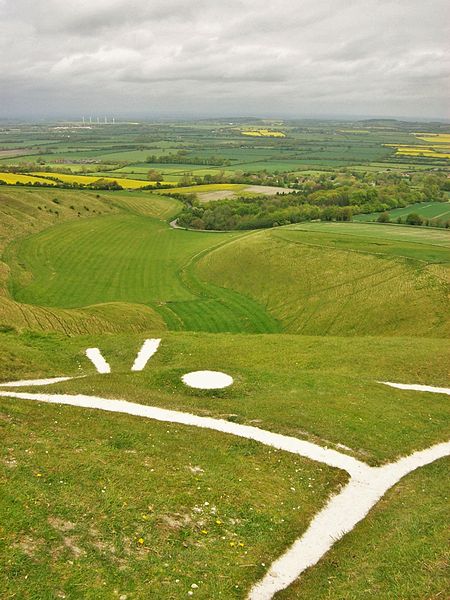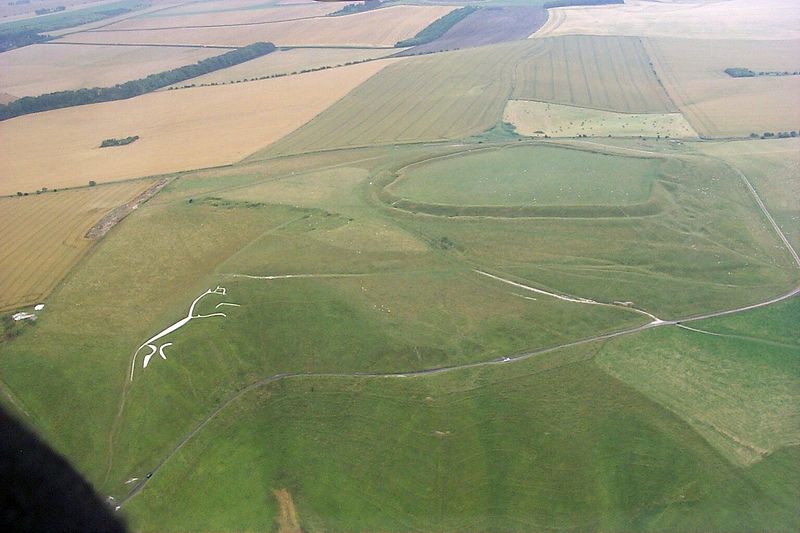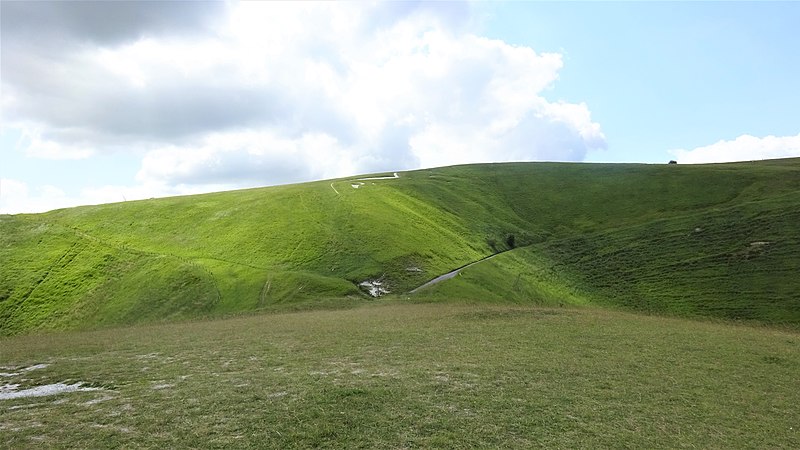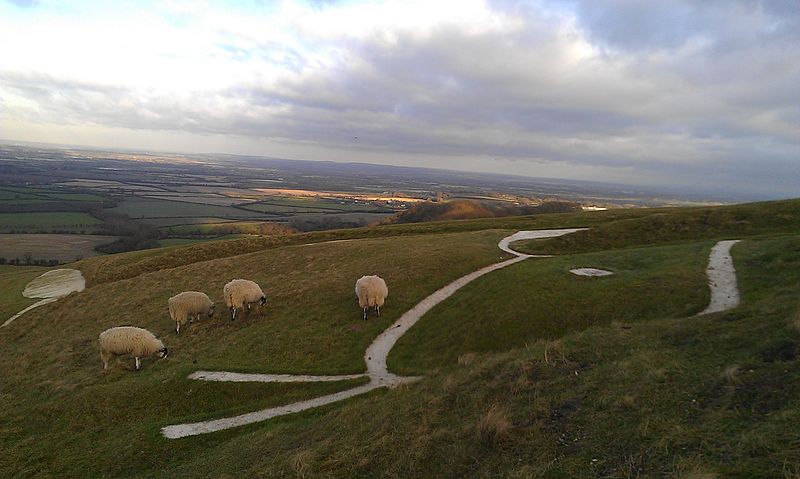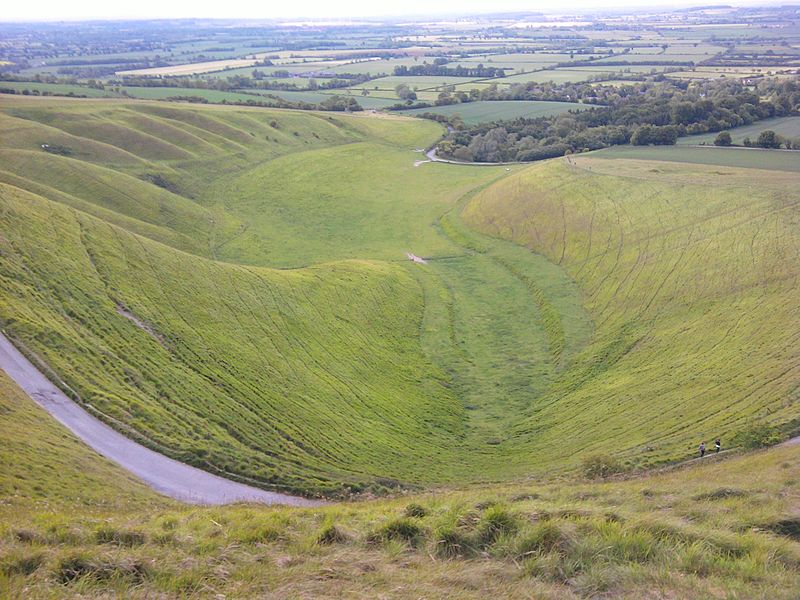Uffington White Horse
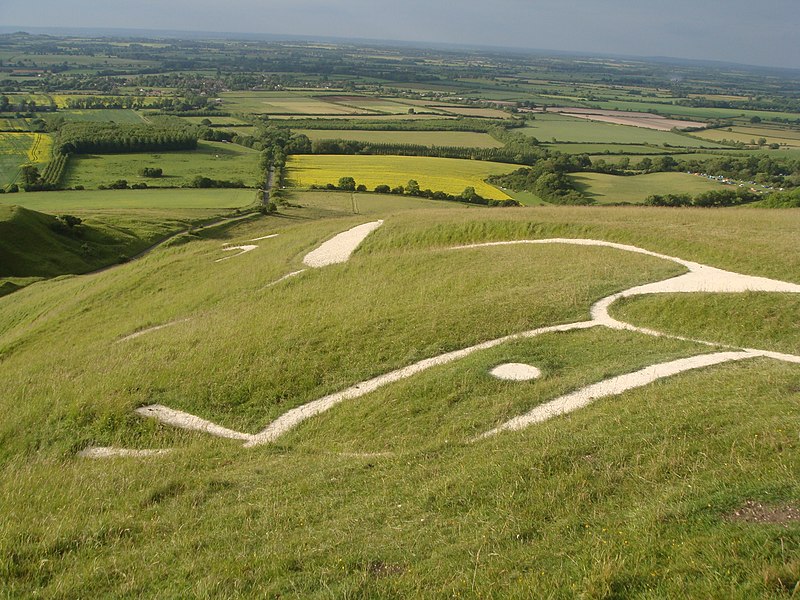
Facts and practical information
Carved into the rolling chalk hills of Oxfordshire, the Uffington White Horse is a prehistoric enigma that captivates the imagination of visitors and historians alike. This ancient hill figure, etched into the landscape over 3,000 years ago during the late Bronze Age, is among the oldest of its kind in Britain. At approximately 110 meters in length, the stylized representation of a horse is visible from miles away, a testament to the ingenuity and artistry of its creators.
The Uffington White Horse is not only an archaeological site but also a cultural icon, woven into the folklore and identity of the region. Its precise origins and purpose are shrouded in mystery, with theories ranging from a tribal emblem to a religious symbol. The figure is uniquely designed, with elongated, abstract lines that suggest motion and grace, distinguishing it from other, more literal hill figures in the United Kingdom.
Preservation of the site is a testament to centuries of guardianship. The chalk bedrock is periodically cleaned and maintained by local volunteers, ensuring that the horse continues to stand out against the verdant landscape. This ongoing care highlights the community's deep connection to the figure and its historical significance.
The Uffington White Horse is part of a larger complex of ancient sites, including Dragon Hill, a natural mound with mythological associations, and the Iron Age Uffington Castle, which crowns the summit of White Horse Hill. Together, these landmarks create a rich tapestry of history, offering insights into the lives and beliefs of ancient Britons.
Uffington White Horse – popular in the area (distance from the attraction)
Nearby attractions include: Wayland's Smithy, Uffington Castle, Dragon Hill, Cotswold-Severn Group.


